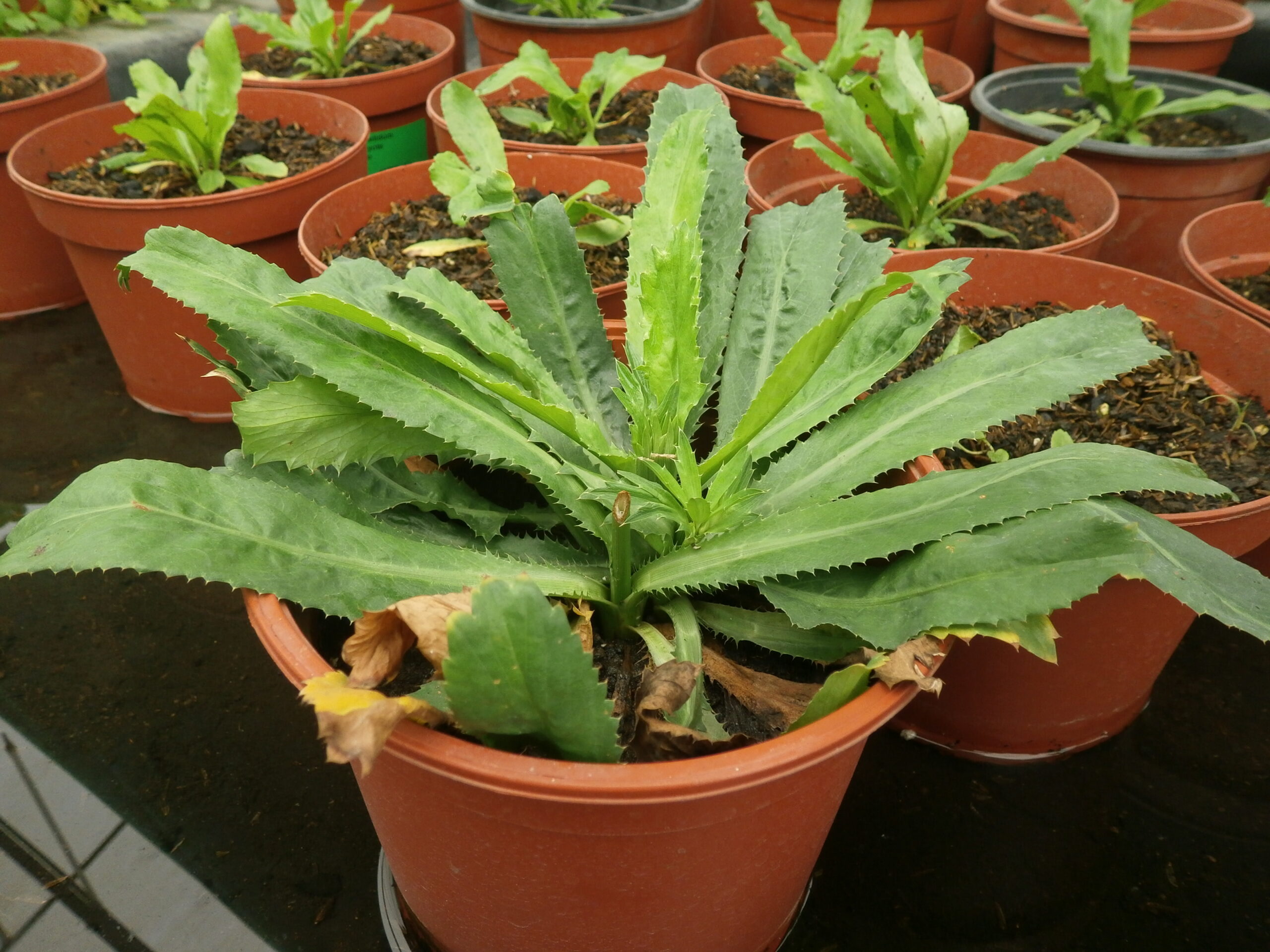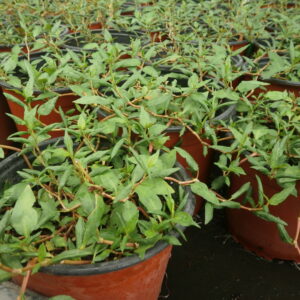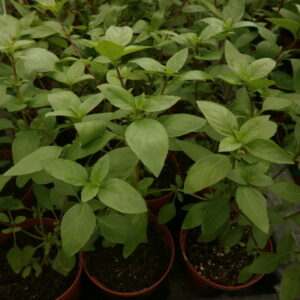
Basil, Tulsi Vana
₡1,900.00
Out of stock
Related products
-

Cilantro, Wild
Culinary Garden ₡1,900.00 Add to cart
Cilantro, Wild
₡1,900.00
SKU: 0650 Category: Culinary GardenScientific name: Eryngium foetidum
Family: Apiaceae
Origin: Mexico and S America
Medicinal use:The leaves are used fresh, whole or chopped, as a substitute for coriander and parsley. In Panama, it is mixed with parsley, garlic, onion and chives to prepare “green recao”, a condiment widely used in the preparation of various stews, sauces and soups.
21 in stock
-

Celery
Culinary Garden ₡1,900.00 Add to cart
Celery
₡1,900.00
SKU: 0165 Category: Culinary GardenScientific name: Apium graveolens
Family: Apiaceae
Origin: Mediterranean
Medicinal use:Celeriac root can be used raw or cooked. Celeriac meat is tough and compact and off-white. Celeriac has a mild flavor and is often used as a flavoring in soups and stews, although it is increasingly being used on its own, usually pureed, or in stews, gratins, and baked dishes. In any case, celery is very positive in the human diet due to its high content of dietary fiber, vitamins and minerals, in addition to being considered a good diuretic due to the high percentage of water.
18 in stock
-

Cilantro, Vietnamese
Culinary Garden ₡1,900.00 Add to cart
Cilantro, Vietnamese
₡1,900.00
SKU: 0655 Category: Culinary GardenScientific name: Persicaria odorata
Family: Polygonaceae
Origin: SE Asia
Medicinal use:The leaf is closely identified with the gastronomy of Vietnam, where it is eaten raw in salad (including chicken salad) and in raw rolls. In Cambodian gastronomy, the leaf is called chi krasang tomhom and is used to prepare soups, stews, salads and Cambodian rolls
36 in stock
-

Arracacha
Culinary Garden ₡1,900.00 Add to cart
Arracacha
₡1,900.00
SKU: 0220 Category: Culinary GardenScientific name: Arracacia xanthorrhiza
Family: Apiaceae
Origin: S America
Medicinal use:The uses of arracacha are very similar to those of potatoes. This tuber is used in South American gastronomy to prepare various dishes, soups, stews, meatballs, cakes, gnocchi, purees and garnishes. The arracacha provides a special flavor and color to the dishes. The young stalks can be consumed in salads. Given its nutritional value, the consumption of arracacha is recommended in the diet of children, the elderly and convalescent.
15 in stock



